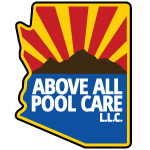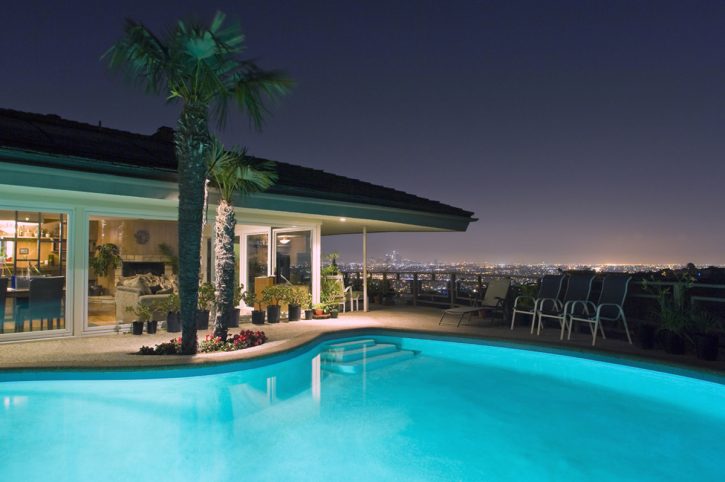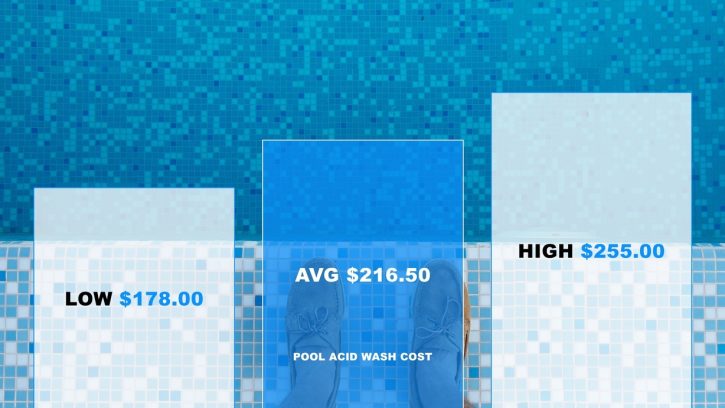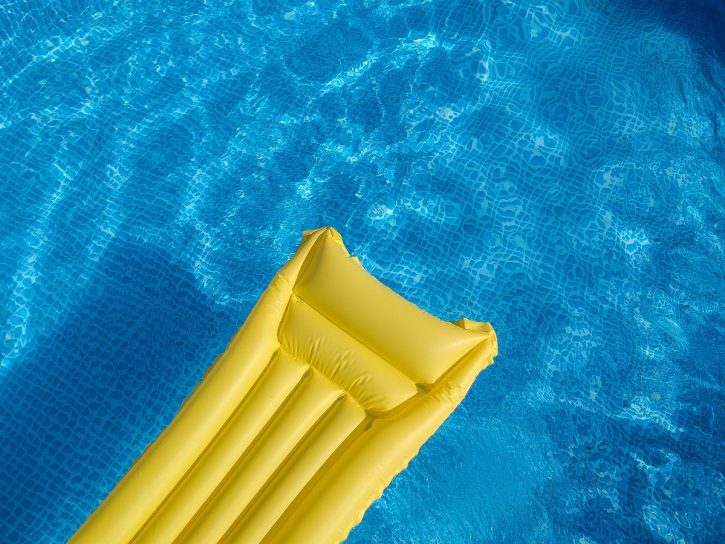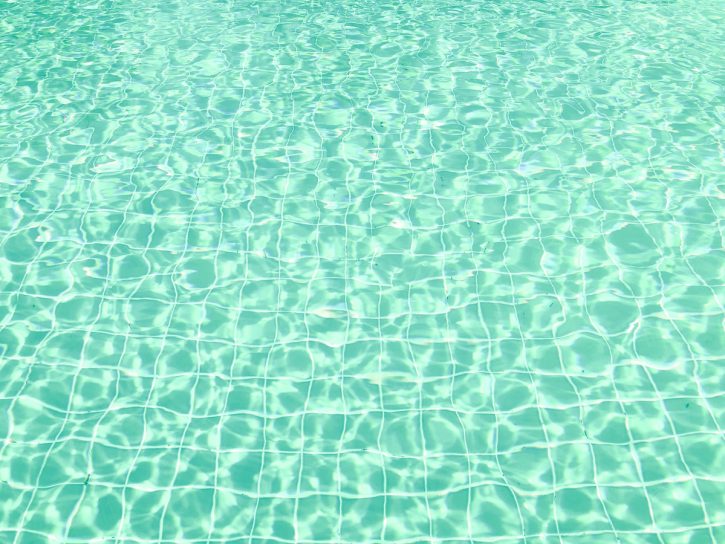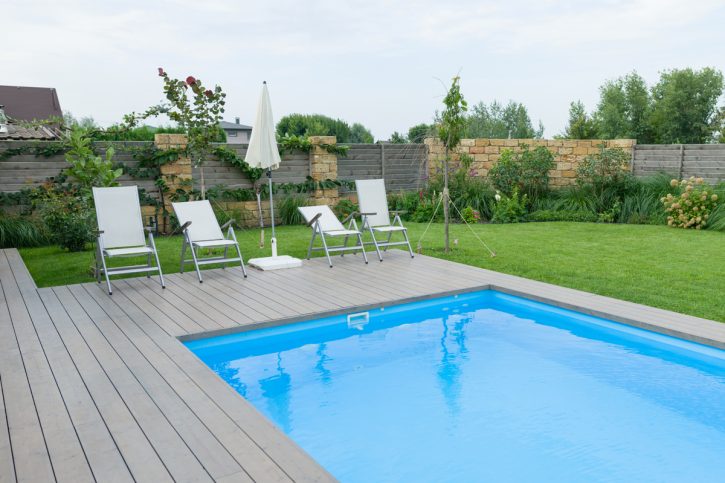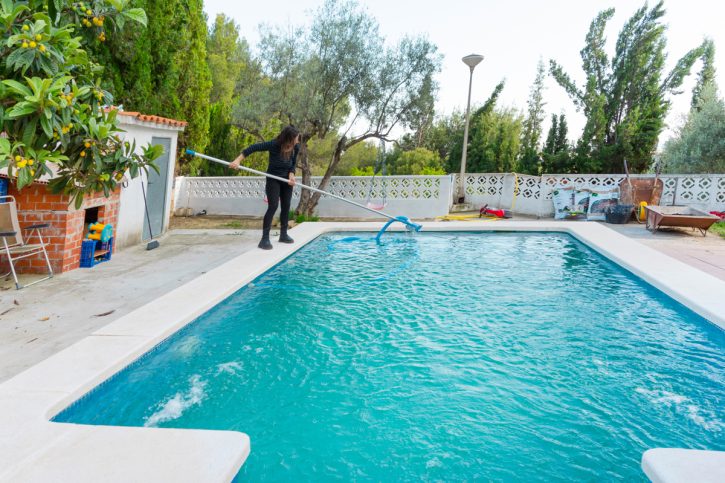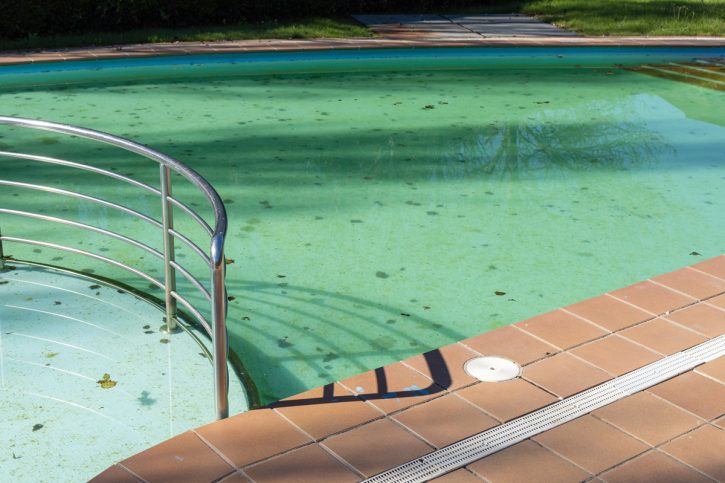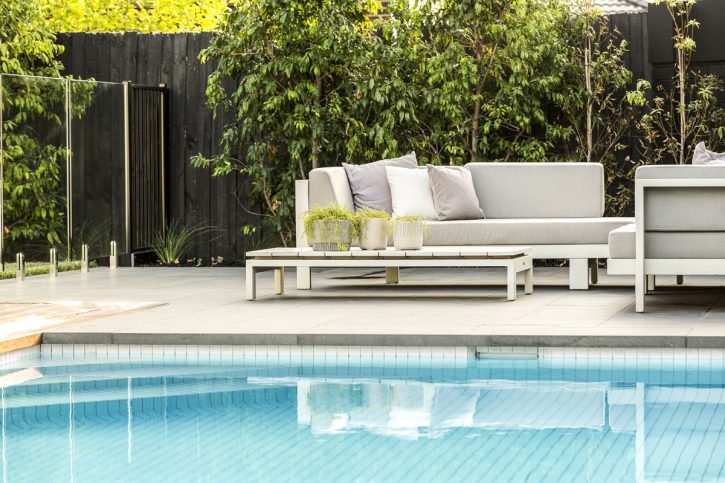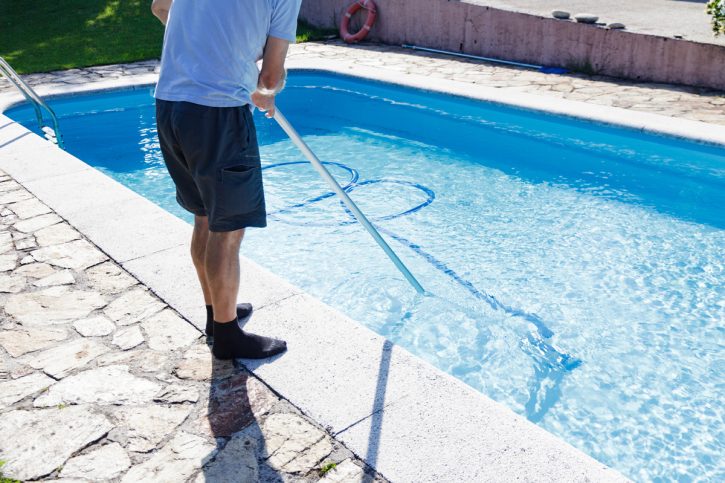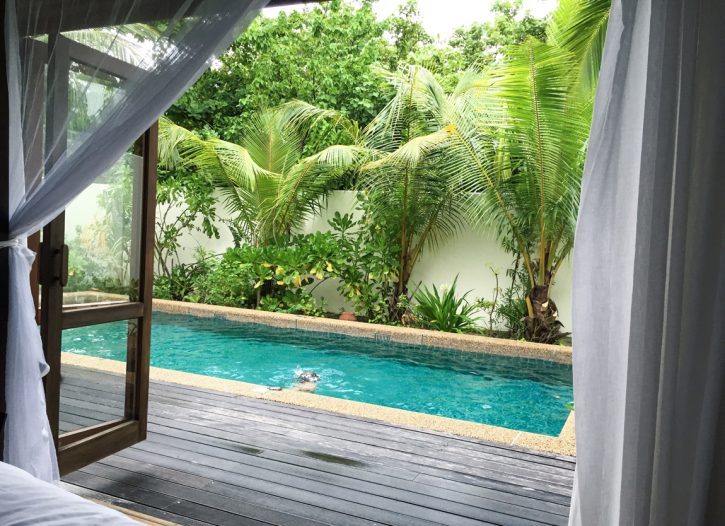Average Cost Of A Pool In Arizona
On average, the cost to install an inground pool in Arizona is $20,656. Prices in Phoenix, AZ will range from $10,863 to $31,241, according to HomeAdvisor. Average Pool Cost In Arizona Generally, inground pools will cost more to install than the average above-ground pools. Anyone deciding to install an above-ground pool can expect to pay…
